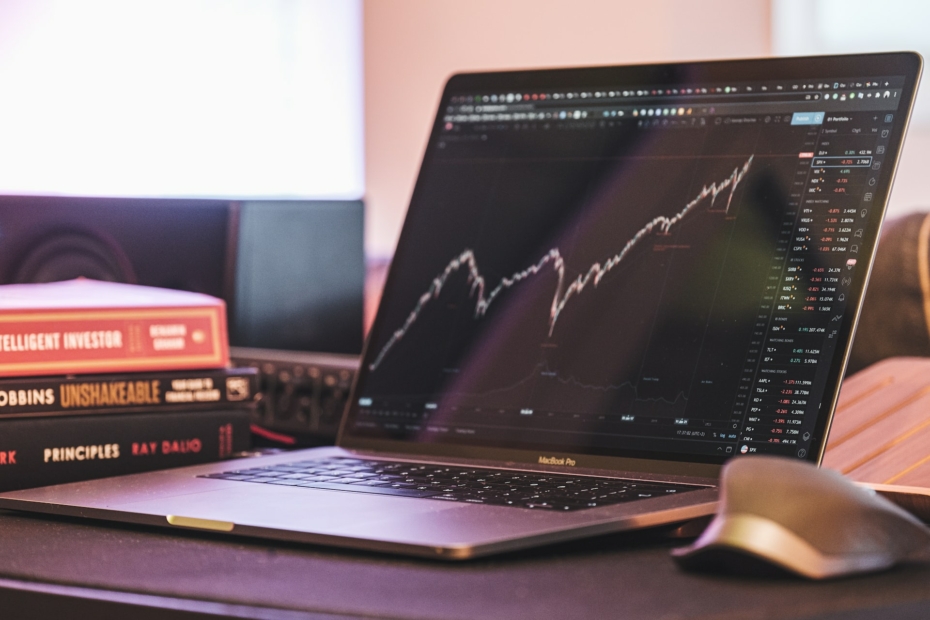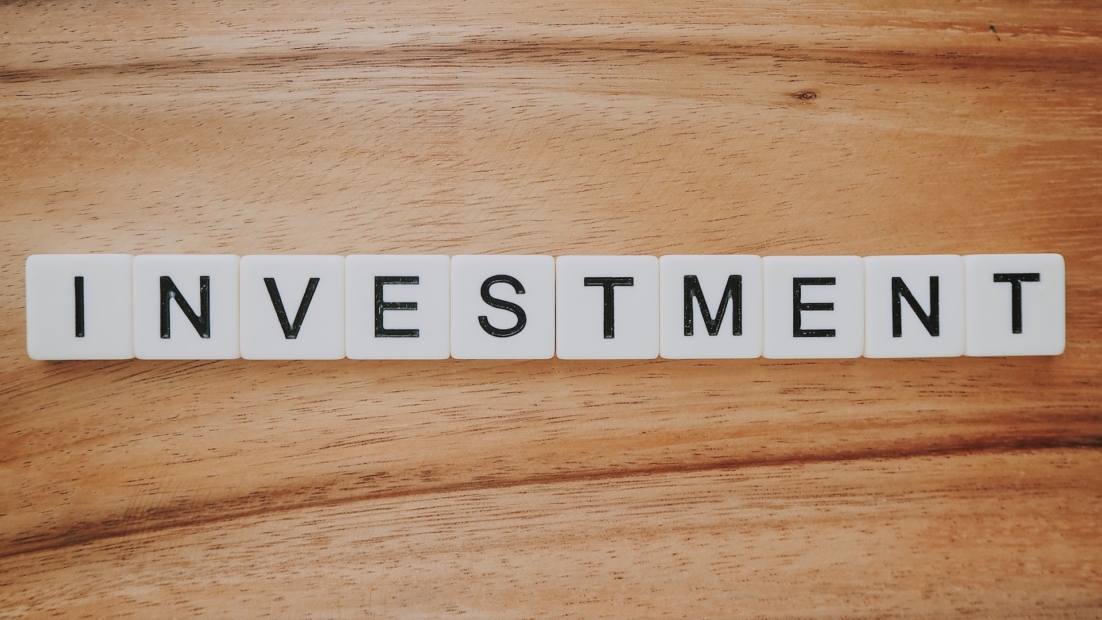In their search for suitable provision for old age, informed consumers eventually come across investment in shares and other securities. After all, this is a proven instrument for building up assets over the long term. Within retirement planning in Switzerland, 3a funds offer an excellent opportunity to optimize the accumulation of retirement capital compared to interest-only accounts.
However, the selection of pension funds appears at first glance to be unmanageable. This article will give you an initial overview of how you can best invest with 3a funds, what the differences are between the funds and what you should bear in mind when making your selection.
Contents
- 1 The most important in brief
- 2 Key advantages of 3a funds compared with other forms of investment
- 3 Compare 3a funds – here’s what you should look out for when comparing offers
- 4 The pension fund must fit the personal situation
- 5 The selection of the provider
- 5.1 Influences the return: Fees for 3a funds
- 5.2 Total Expense Ratio (TER)
- 5.3 Issue and redemption commission
- 5.4 Margins on the purchase and sale of foreign currencies
- 5.5 Dilution protection: issue and redemption spreads
- 5.6 Other transaction costs
- 5.7 Custody account and foundation fees
- 5.8 Performance fee
- 5.9 Withholding taxes
- 6 Funds vs. insurance: You should know these differences
- 7 Frequently asked questions (FAQ)
The most important in brief
- Opportunities on the stock market can be exploited with 3a retirement funds.
- The return prospects are significantly higher than the interest rate market in the long term.
- Compared to insurance products, pension funds offer greater flexibility.
- When choosing a 3a fund, the personal asset situation and risk tolerance should be taken into account.
- Fees can have a significant impact on returns, which is why they should be compared comprehensively when choosing a fund.

Key advantages of 3a funds compared with other forms of investment
Developments in the interest rate market have raised new expectations among savers at the end of 2022. In addition, 3a retirement accounts have better interest rates compared to other interest accounts.
However, the current comparison (December 2022) of interest rates on 3a retirement accounts brings everyone who is serious about their retirement savings down to earth. According to this comparison, interest rates range between 0 and 0.60 percent. In plain language, this makes it difficult to build up significant retirement savings for the time after retirement.
Those who have invested in Swiss pension funds over the past ten years can look forward to a comparatively high return. During this time, the average return on 3a funds has been 23.4 percent – equivalent to a good 2.1 percent per year. The best funds were even better, yielding up to 54.5 percent over ten years, more than double the average.
With 3a funds, investors thus benefit from the following advantages with their payments as part of their retirement provision:
- Benefit from the yield opportunities on the stock markets even when making retirement provisions.
- Investments for different risk types possible
- Combination of different asset classes (diversification)
- Sustainable investments possible
- Wide range of actively and passively managed investment funds.

Compare 3a funds – here’s what you should look out for when comparing offers
Employed persons who are insured in a pension fund can pay in 6,883 francs as a maximum tax-privileged amount. On the other hand, those who are not insured in a fund (no BVG contribution) can even claim 34,416 francs or up to 20 percent of their income as a tax deduction. This means that investors receive a portion of the return from the state if they make provisions in pillar 3a. However, it is important to be very careful when choosing products, as this is a long-term investment.
Anyone who wants to save money in the third pillar by means of 3a funds compares the funds on offer. To ensure that the comparison is realistic and objective, you should pay attention to the following points:
- Comparison of returns of funds with the same share ratio: A comparison of returns only makes sense if the share ratio is the same. After all, higher return opportunities are always associated with higher risk.
- Compare the same time periods and points in time: By their very nature, stock markets are constantly on the move. Therefore, when comparing performance, it is important to use the same reference date (day, month, year) for the funds.
- Compare periods as long as possible: It makes sense to compare returns over as long a period as possible. Actively managed retirement funds may be able to achieve a higher return in the short term than passive funds. Whether this advantage exists over several years can only be assessed using longer periods, such as ten years.
- Past returns cannot be extrapolated: Each fund has a different risk-return profile, and market conditions can change at any time. So it is important to understand that it is impossible to predict past returns in terms of the future. It is more important to consider what type of investment best suits your own goals and needs. In particular, it’s about getting the best return with acceptable risks.
- Consider fees when comparing: The fund costs of the various securities funds in pillar 3a differ greatly. When comparing funds, it is therefore essential to compare fees as well as returns, as these can significantly reduce net performance. In recent years, so-called pillar 3a apps have been able to distinguish themselves with low fees. As digital asset managers, they also often invest in funds. They primarily rely on index funds and exchange-traded funds (ETFs) with lower fees. It’s no surprise, then, to see significant growth among digital providers.
- Compare funds with the same composition: First, learn about the different asset classes and find out which best suits your own investment strategy. Stocks tend to offer higher return potential than bonds or real estate, but they are also riskier. Bonds tend to offer higher safety than stocks, but lower returns. Real estate has lower volatility than stocks, but often requires a longer investment horizon for gains to materialize.
- Fund assets invested domestically or internationally: To compare the performance of funds, the investment focus must likewise be identical. Does the fund invest internationally or exclusively in Switzerland? Globally invested funds promise greater opportunities. However, appropriate research is also a prerequisite. Swiss companies can sometimes be evaluated more concretely.

The pension fund must fit the personal situation
Investing in a fund provides more diversification and allows investors to participate in the price increases of various stock markets and other financial markets. A fund invests its capital in various investment products and companies, which leads to a spread of investment risk.
When comparing the various 3a funds, many investors initially focus on performance. After all, everyone wants to achieve a maximum return. However, keep in mind that retirement products, especially investments in the stock market, are long-term investments. Therefore, it is important that the fund fits your personal situation.
Therefore, consider the following points when choosing your retirement fund:
Personal investment horizon
For people who have a time horizon of at least ten years, it is advisable to choose a larger proportion of shares. During this period, the chances are good that possible negative returns can be recovered. With an investment horizon of less than ten years, bonds and real estate provide a higher safety component.
Personal risk tolerance
Pension savers who want to take advantage of opportunities on the stock market will find what they are looking for in pillar 3a funds. They can choose between a very low or a high equity component. Which proportion is advisable depends on the risks investors are willing and able to take. You should therefore take your personal risk tolerance into account when deciding what amount to invest in equities.
In connection with individual risk tolerance, investment priorities can also play a role. Only opt for investments that you personally view positively. You can often consider certain segments, such as health or water, when selecting funds.
Relationship to total assets
When deciding on a fund, you should consider the total value of your assets. If someone has a property worth a million francs, they can more easily include a higher proportion of equities in their Pillar 3a investment than someone without such assets. Likewise, claims from pension funds or other liquid assets help to increase the risk portion in favor of opportunities for returns.
Personal inclination toward sustainability
Not all funds that are described as sustainable actually are. A truly sustainable fund that meets strict ESG criteria should have all of its assets invested accordingly. In some cases, however, investment portfolios are only partially selected according to sustainable criteria. When adapting a passive investment approach with ETFs, it can be difficult to invest all capital sustainably. Therefore, it is important to check with your provider about sustainability criteria and how portfolios are composed.
What does it mean to invest according to ESG criteria?
ESG investing implies that environmental (environmental), social (social) and corporate governance (governance) factors (ESG for short) are incorporated into investment decisions. ESG criteria encompass a broad range of issues that are not normally part of financial analysis, but may nevertheless have financial significance.
Specifically, the acronym means:
- Environmental: investments in renewable energy, environmentally friendly production, low emissions and efficient use of raw materials and energy.
- Social: high standards with regard to occupational safety, fair working conditions with appropriate remuneration, sustainability standards at suppliers
- Governance: internal controls to prevent corruption, sustainability management at board level and ensuring compliance with laws to avoid unnecessary risks
So if you consider criteria such as a sense of responsibility in responding to climate change, appropriate supply chain management strategies, fair treatment of employees, and a trusting corporate culture to be important, you should invest your money, and especially your retirement savings, according to ESG criteria. However, it is important to note that so far a clear definition of ESG criteria is still being found.

The selection of the provider
You will only be satisfied with your investment advisor in the long term if you can place the necessary trust in him. If an uneasy feeling remains, no good performance will be of any use. To do this, first check whether advice, personal or digital, is offered. Digital offerings now make investing easier. However, it is just as important to be able to reach a personal contact person in case of open questions or problems.
In addition to the comparison of fees, the answer to one question in particular is important for objective and individual advice: Is the provider actually independent and can draw on several offers on the market, or is it tied? So also consider a pillar 3a switch.
Influences the return: Fees for 3a funds
When it comes to 3a products, pension savers should pay attention not least to the lowest possible costs. According to the Moneyland comparison portal, passively managed funds cost an average of 0.76 percent in total fees in 2021, while actively managed funds averaged 1.17 percent.
Even if the above-mentioned comparison cannot be generalized, it is clear that higher fees do not automatically indicate the appropriate quality of a fund. This is because fees have a significant impact on the net return, especially over a long period of time.
Therefore, when comparing 3a pension funds, consider the following fees and orient yourself in particular to the ranges given:
Total Expense Ratio (TER)
These are the costs of fund management that are charged directly to the fund assets. You can find the item in the fund’s factsheet. The costs are also referred to as operating expense ratio, ongoing charges, all-inclusive costs, management fee or management fee.
Range: approximately 0.25 to 1.70 percent
Issue and redemption commission
The commission charged on the purchase or sale of fund shares can be as high as five percent. Should it be charged on purchase and sale, fees can thus be as high as ten percent.
Range: approximately 0.00 to 5 percent
Margins on the purchase and sale of foreign currencies
If you buy a fund in another currency, such as USD, your bank will first buy US dollars. This creates margins on foreign currencies, as with any exchange of currencies for a trip. When you sell, the margin on foreign currencies accrues again.
Dilution protection: issue and redemption spreads
This spread is designed to prevent the distribution of new fund units from causing disadvantages to existing fund holders. As soon as you invest money in a fund, the fund must use this inflow of capital to acquire new shares. As a result, a spread is again paid (difference between the selling price and the buying price). These spread costs are passed on to you with the so-called dilution protection.
Other transaction costs
In addition to the above-mentioned transaction costs, there may be other fees such as brokerage or exchange fees that banks charge for settlement. Some providers also charge these items as a lump sum or as a percentage of the transaction volume.
Every purchase or sale of securities in Switzerland is subject to the so-called federal stamp duty (turnover tax). This levy amounts to 0.075 percent for domestic securities and 0.15 percent for foreign securities per contracting party. Index funds that are not traded on the stock exchange are not subject to stamp duty.
Custody account and foundation fees
Custody account fees are sometimes charged for the management of the custody account. Some providers also charge an endowment fee, as only endowments can be sponsors of pension products.
Range: about 0.00 to 0.65 percent
Performance fee
The performance fee depends on the performance of the fund. It is widespread in hedge funds and alternative investments, but can also occur in equity or strategy funds.
Withholding taxes
Your pension assets are generally tax-free. However, taxes may be incurred if you invest in foreign securities. Dividends and interest are subject to a withholding tax that is levied in some countries. Here, funds that can reclaim withholding taxes are advantageous.

Funds vs. insurance: You should know these differences
3a insurance products are often so-called “mixed policies” that provide for old age while also covering risks, such as death.
When you choose a 3a policy, you pay a premium and commit to making long-term payments. If you want to cancel the policy or can no longer make the payments, things become unfavorable. You should therefore consider whether you can pay obligatory premiums over a longer period of time. The rigid design of such policies can have a negative impact if you become unemployed or retire early. Also, the fee structure is less transparent compared to 3a bank products.
Flexibility – Risk Tolerance – Return Opportunities
Whereas with insurance you pay a premium, with funds you invest your money in stocks and bonds. This means that funds have a higher risk than insurance, as they are exposed to the fluctuations of the stock market. On the other hand, investing in funds can potentially offer a higher level of return than investing in insurance. Therefore, it is critical for investors to consider their risk tolerance and weigh their goal (return or safety). If you are willing to take on a higher level of risk, a mutual fund savings plan may be of interest, as it is more flexible than insurance and has more potential for return. However, there are different degrees of risk here as well – so it’s not just about high or low, but different degrees of risk. Flexibility is another criterion for your choice of 3a retirement plan. Some funds are very flexible and let you make changes – so the type of savings plan also plays a role here. An insurance plan, on the other hand, usually doesn’t offer much flexibility for changes or payouts – here, the focus is on monthly payment methods and fixed sums.

Frequently asked questions (FAQ)
Why should I invest in a 3a fund instead of outside pillar 3a?
Since you can claim your contributions for tax purposes within the maximum amounts for pillar 3a, you already earn part of the return when you pay in.
What possible alternatives are there to the 3a retirement funds?
By saving in pillar 3a, you benefit from tax advantages. If you are looking for alternatives or have exhausted the maximum amounts, there are other free pension products available. Due to the favorable fees, index funds or ETFs are a good choice. Anyone who has invested in the most important Swiss index, the Swiss Market Index (SMI), over the past five years (as of December 10, 2022), for example, has enjoyed a performance of a good 17 percent, which is significantly higher than the leading German index, the DAX, for example, which returned a good 9 percent.
What is the difference between actively and passively managed funds?
Passively managed funds track a specific index. This can be the S&P 500 or another index. The advantage of passive management is that it is inexpensive.
Actively managed funds, on the other hand, are managed by fund managers who try to beat the market. They buy and sell stocks, bonds, precious metals or commodities to make profits. However, the cost of management and transactions is usually higher.
What is the maximum amount I can pay into a 3a retirement fund?
For 2023, the maximum amount is CHF 7,056 or 20 percent of income and a maximum of CHF 35,280 without a pension fund connection.
Sources
- [1] handelszeitung.ch
- [2] nzz.ch
- [3] raiffeisen.ch
- [4] comparis.ch

